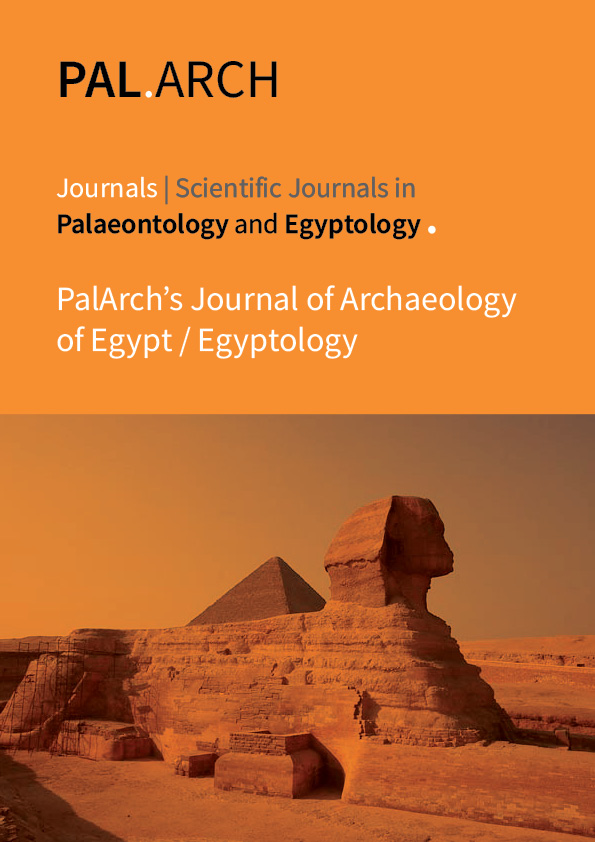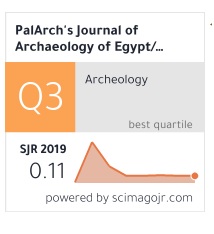Restricted Boltzmann Machine Supported Deep Belief Network for Brain Disorder Detection
Abstract
The time-consuming efforts of image analysis experts play an important role in the development of the availability of medical images, which requires in-depth knowledge of the field of image analysis. The interpretation of medical images is very restricted by its subjectivity, the complexities associated with the images, the variations of the images, etc.As an alternative solution, machine learning techniques are now-a-day used to automate the diagnostic process.But traditional machine learning methods are not enough to address complex issues.Consequently, deep learning methods attempt to address the limits of machine learning techniques.In-depth learning approaches can automatically extract data characteristics to solve the problem of extracting characteristics through their hierarchical structure. In this paper, an improved Deep Belief Network (DBN) based image classification model has been proposed by combining the Discrete Wavelet transform (DWT) for feature extraction and Principal Component Analysis (PCA) to get a reduced size of extracted features. Here, the DBN is composed of stacked Restricted Boltzmann Machines (RBMs) to mine the more significant features from the reduced datasets layer by layer. Generally, DBN requires huge and multiple hidden layers with huge number of hidden units to learn best features from the raw pixels of image data. This actually increases the complexity as well as training time for the model. Therefore, by integrating DBN with DWT, both complexity as well as training time has been reduced. Except using raw images, the extracted low-resolution image from DWT is used for training DBN in this proposed image classification model and is named as DWT-PCA-DBN image classifier. This model has been compared with deep learning based and non-deeplearning based image classification models to get a clear cut scenario between both kind of strategies and also the performance of the proposed classifier has been evaluated based on number of epochs for training of RBN and weight initialization. Finally, the statistical validation was carried out according to McNemar's test.



